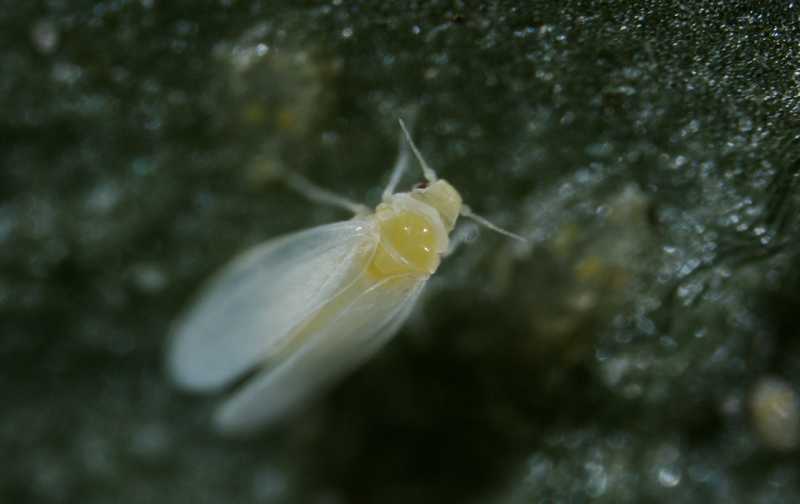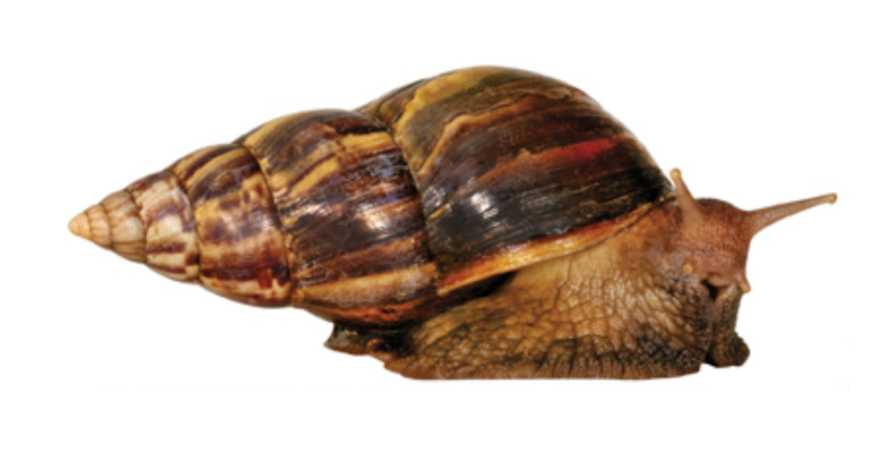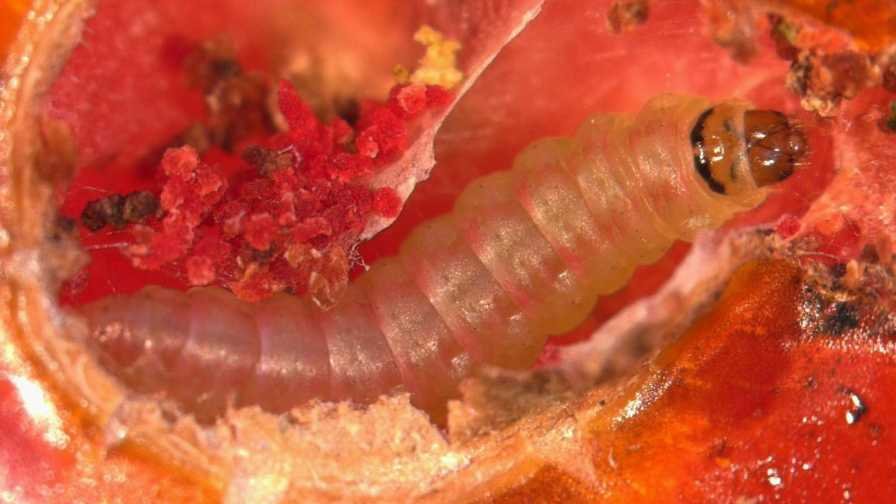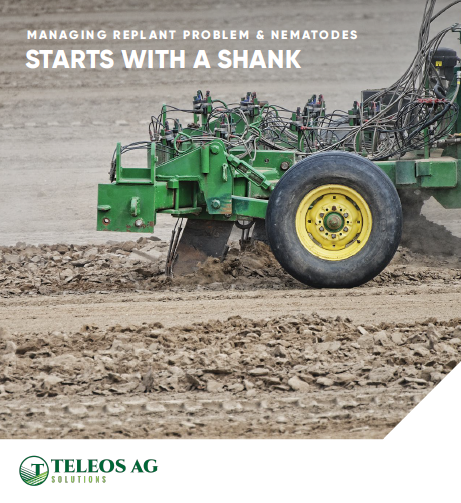Top 3 Invasive Pests Florida Growers Need To Be Watching For
As a port of entry, the state of Florida has felt the negative effects of invasive weeds, insects, and diseases for many years. Here are two making headlines today and one that is being closely monitored on a regular basis.
Gene McAvoy, UF/IFAS Hendry County Extension agent and longtime writer for Florida Grower® magazine, contributed to this article.

Photo courtesy of UF/IFAS
Q-biotype Whitefly
The Q-biotype, or Mediterranean whitefly (Bemisia tabaci), has spread from the initial discovery point in Palm Beach County to seven other Florida counties at as of this posting. This spread has occurred in just months after the initial find. The pest has growers concerned because it resists many insecticides and spreads many damaging diseases to vegetable crops.

Photo courtesy of FDACS-DPI
Giant African Land Snails
They are big, slimy, and can do a lot of damage to a host of important vegetable and ornamental crops — up to 500 plant species. The pest can even cause a type of meningitis in humans and eat stucco off buildings. Officials from FDACS have been fighting this pest since its discovery in Miami in 2011. The agency is on the way to hopefully eradicating the pest, removing nearly 200,000 since the campaign against the invasive mollusk began.

Photo by Marja van der Straten
Tuta Absoluta
While not yet detected in Florida, officials have been monitoring for this pest in the state for a number of years. It could prove to be very troubling for tomato growers. The leaf miner can spread like wildfire, producing up to 10 to 12 generations per year with the female laying 250 to 300 eggs in her lifetime. And, chemical control options are very limited. The pest is capable of causing a 100% yield loss. While its primary host is tomatoes, it will feed on other plants including potatoes and eggplant.










